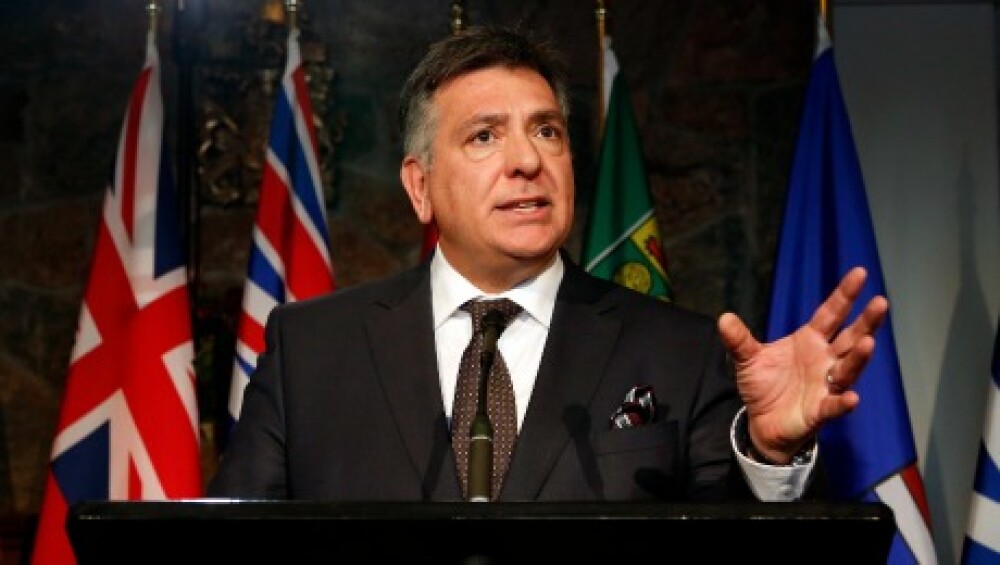During his State of the Union address last month, President Barack Obama addressed the predicament of the 50 percent of U.S. wage earners without access to company-sponsored retirement savings plans. He described the new myRA, a fee-free retirement savings plan that will invest workers’ after-tax dollars into safe — but low-returning — government savings bonds (see also “Retirement Plan Fee Disclosure: A Game of Hide and Seek”).
North of the border, Ontario is tuning in on a similar retirement plan wavelength. After unsuccessfully lobbying the federal government with other provinces to expand the present Canada Pension Plan (CPP) model, Canada’s most populous province is going it alone. Ontario Premier Kathleen Wynne and Charles Sousa, the province’s minister of finance, have set up a task force to study and eventually build a supplemental retirement plan separate from federal and private employer plans.
At a press conference announcing the task force in January, Sousa said fewer than 35 percent of Ontario workers have a workplace pension plan, and many more are not saving enough for retirement. He added that in 2012 Ontario’s unused registered retirement savings plan (RRSP) contributions totaled nearly C$300 billion ($295 billion). RRSPs are federally regulated retirement plans that allow individuals to save for retirement with tax-deferred contributions.
The announcement raises a number of questions: What exactly is the province considering? Why now? And can the plan work alongside other vehicles already in place? Much of the framework for the still nascent Ontario plan is based on the Canada Supplementary Pension Plan (CSPP), which Keith Ambachtsheer, director of the Rotman International Center for Pension Management and a member of Wynne’s task force, proposed in 2008. The system would provide access for all workers lacking an employer-sponsored retirement plan and would offer automatic enrollment with an opt-out choice, administered at low cost by an arm’s-length pension agency with strong government and management functions. It’s unclear whether the Ontario plan would be a defined benefit or defined contribution scheme, although it appears to be developing into more of the latter, with details to be unveiled over the next few months.
Ambachtsheer says there needs to be a middle ground between a mandatory federal plan like the CPP and such voluntary plans as the RRSP and the pooled registered pension plan (PRPP), a voluntary savings vehicle the Canadian federal government developed over the past four years that is geared toward small and medium-size enterprises and the self-employed. “Employers can still offer retirement options, if they want,” says Ambachtsheer. “But you are going to expand coverage significantly, and assuming you do this right, it’s going to be a well-managed, low-cost option — and that’s one less thing employers would have to worry about.”
According to some analysts, Ontario appears to be addressing a gap in Canada’s public retirement offerings. “Only 1 in 4 people in the private sector has any sort of pension plan, so I think that’s one issue,” says Manuel Monteiro, partner and actuary with consulting firm Mercer in Toronto. “So 75 percent of people have nothing, and there is no confidence those people will save by themselves unless they are put into a mandatory type of plan. So I think having a mandatory plan with an opt-out does make sense.”
The caveat, according to Monteiro, is whether people will have the ability to choose investment options appropriately. If the Ontario retirement plan under discussion by the task force “ends up being a defined contribution plan, I think it will be less effective in terms of delivering retirement security than defined benefit plans, where you are pooling risks across [greater numbers of] people.”
Details are scarce about what the Ontario government, presently controlled by the Liberal Party, plans to do. But the reasoning behind the timing is no secret. Gavin Benjamin, senior retirement consultant with professional services firm Towers Watson in Toronto, says there are two factors at play. One is the absence of a national solution; the second is the provincial election this spring. “Presumably, the government feels that doing something with respect to pension coverage would be a good thing from an election perspective,” he says.
Monteiro agrees. “It’s an issue where [the Liberals] have a very different opinion from the [Progressive] Conservatives,” he says. “I presume they feel the electorate will be on their side.”
In the meantime, Ontario is taking the first steps independent of other Canadian provinces. And whereas Benjamin says this initial foray is worthwhile, he points out the availability of similar defined contribution plans available to workers, such as the federally created PRPPs. “I’m not sure another defined-contribution-type option is going to be the solution to the pension coverage issue,” he says.
Despite the lack of detail and plan design considerations, Ontario is thinking nationally as it starts looking into the model and structure of a new plan. “They’d like to create something bigger than Ontario. They already have conceptual buy-in from the other provinces,” says Ambachtsheer.






